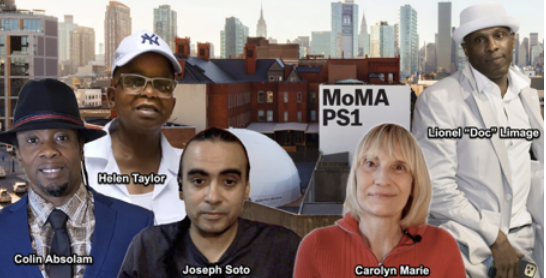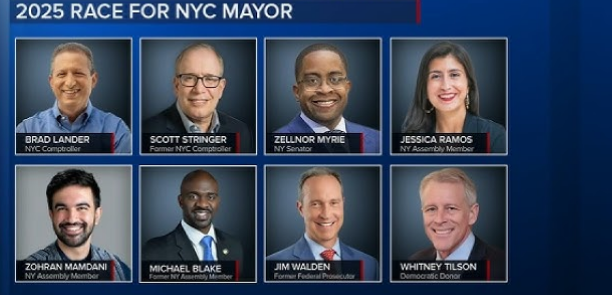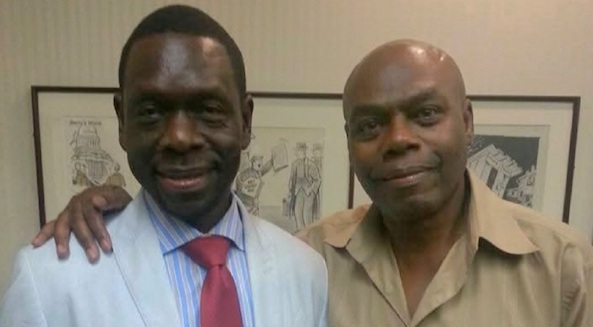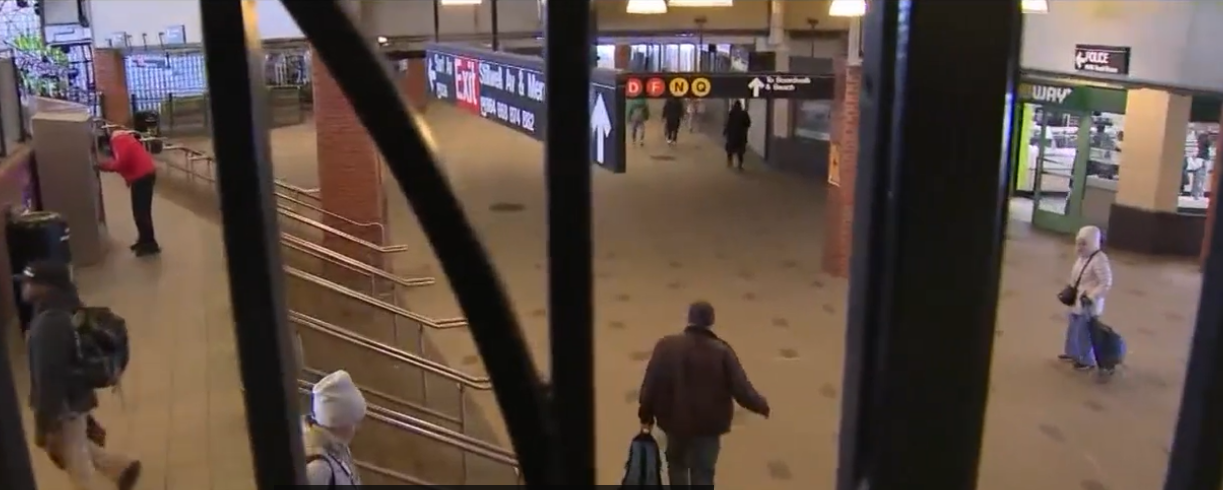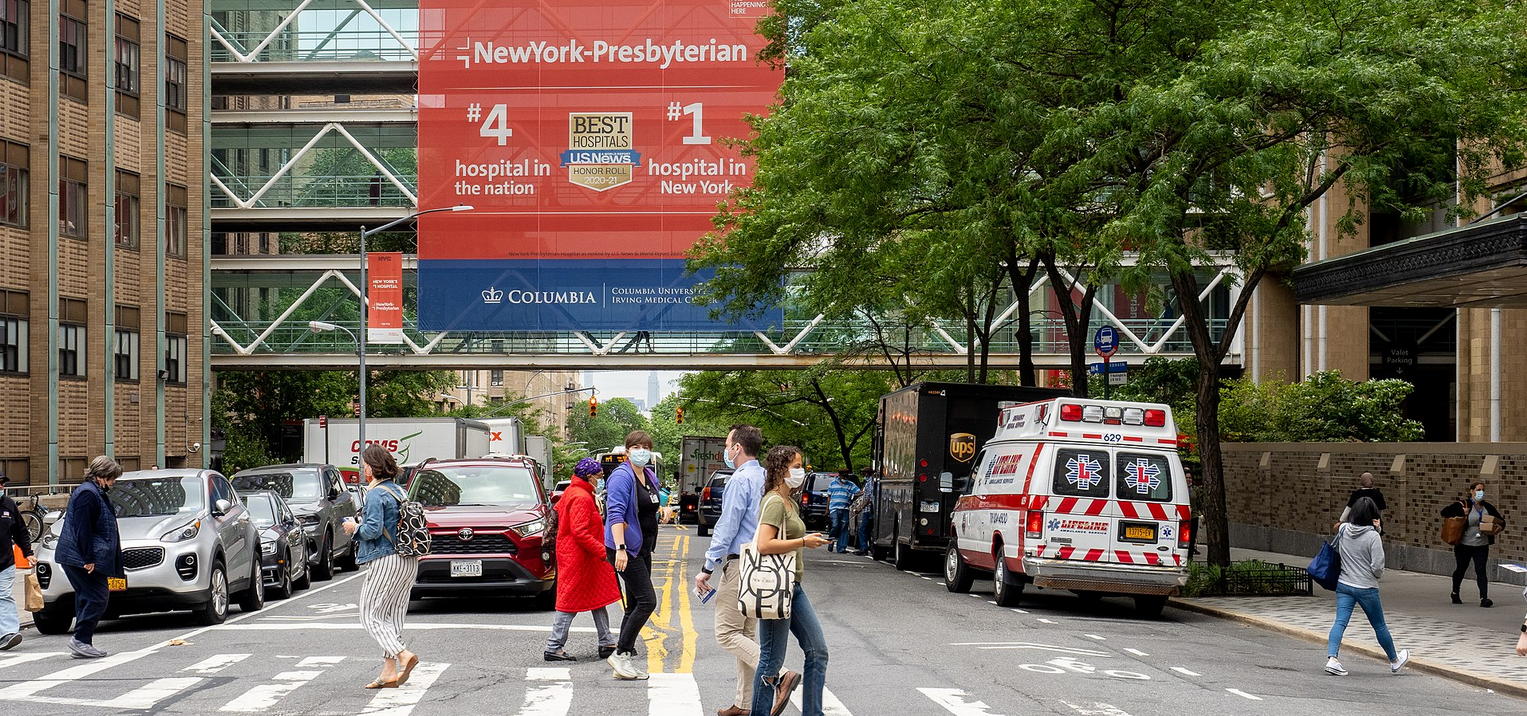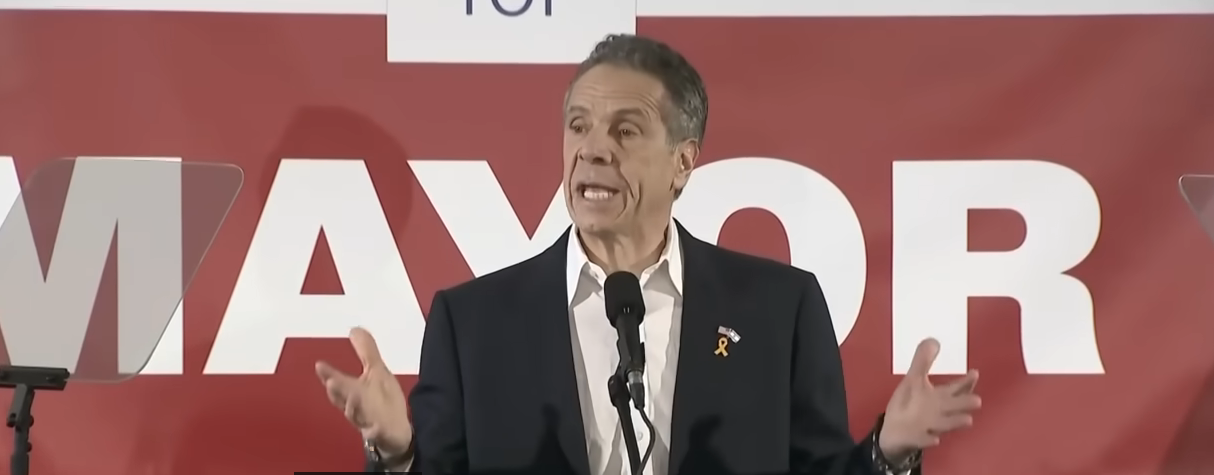Photo: Melvin McCray
The extraordinary work of five photographers from a class of formerly incarcerated men and women is featured in the Homeroom, a new exhibition space at MoMA PS1 in Queens.
MoMA PS1 was founded in 1971 and is one of the largest art institutions in the United States dedicated solely to contemporary art. It became affiliated with the Museum of Modern Art in 2000. The photographers were part of The Digital Media Training Program’s inaugural iPhone Photography and Videography Workshop directed by Melvin McCray, a retired network television journalist, in partnership with the Fortune Society, a non-profit criminal justice reform and prison re-entry organization with facilities in Queens and Manhattan.
The exhibition is open now until October 11, 2021. MoMA PS1 is located at 22-25 Jackson Ave, Queens, NY 1110, and the museum is open from Thursday to Monday. Reserved, timed tickets can be obtained from their website https://www.moma.org/ps1.
When the COVID-19 pandemic hit the U.S. in March of 2020 and much of the world implemented socially distanced teaching protocols, the Digital Media Training program’s in-person classes shifted to the online Zoom platform. With the help of corporate sponsors, every student was issued their own Apple iPhone to use as a video and still camera. They were also given Apple MacBook Pro laptops.
From November 2020 to May 2021, the classes were taught by McCray, photographer Ocean Morisset, and filmmaker Bianca Miller. The workshop aims to teach digital media and journalism skills and promote mental health through artistic expression and peer collaboration. The project also strives to lessen discrimination against people with criminal justice histories and share the universality of their struggles through media (www.harlemeyes.com)
The exhibition marks the first public showing of the work that came out of the iPhone classes. But McCray says it won’t be the last. “We have plans for more exhibitions, a photo book, and we want the films the students created to be broadcast on local television outlets with audio versions of the stories broadcast on community radio stations.” McCray hopes that this exhibit will be the first step in the process of “humanizing the formerly incarcerated.”
This may seem like a reach, but McCray has compiled an enviable track record.
In 2015 and 2016, his DMTP high school students won the White House Student Film Festival and celebrated at the Barack Obama White House along with winners from around the country (http://www.harlemeyes.com/new-page). In 2018, WNET’s public affairs program, MetroFocus, featured a film about another of McCray’s students, 19-year-old Christopher Padmore, who at the time was in an alternative to incarceration program (https://vimeo.com/279397829).
About the Photographers
Five photographers from the class are featured in the Homeroom exhibit. Colin Absolam’s photo is called Colin Absolam and Colin Kaepernick: The Meeting of Two Worlds. The picture is a composite of a 30-foot billboard photo of Kaepernick and a self-portrait of Absolam. “When I saw Kaepernick on the billboard in Times Square, I said, I have to take that picture because I knew the stand that he took and the backlash,” said Absolam. “It says a lot about a person who’s willing to put everything on the line for something they believe in.”
Absolam is also putting everything on the line as he creates a new life at a transitional housing facility called the Fortune Academy after serving 24 years in prison. Governor Cuomo pardoned him in February 2020 because of his humanitarian work, leadership skills, and educational achievement. Absolam co-founded Voices From Within, an organization that brings the children of inmates to visit them in prison to discourage them from engaging in a life of crime. While in prison, he earned an undergraduate degree from Mercy College and a master’s degree in Professional Development for the New York Theological Seminary.
“There’s a sense of fulfillment that I get from photography,” says Lionel “Doc” Limage, a photographer featured in the exhibit. “With all this going on with the pandemic, with the lock-down, jobs being lost, normal commerce being interrupted, the ability to point your camera into the world and create images has been helpful while dealing with all the craziness.” Limage contracted the Coronavirus in March of 2021 and recovered. He then underwent emergency surgery for bleeding ulcers in May. Through it all, he kept taking photographs and has amassed a collection of over 15,000 photographs in the last ten months. Limage still resides at Fortune’s transitional housing facility but hopes his photography will become a pathway to independence and a more stable life. “My whole life has been changed from this,” says Limage.
“My photographs have recurring themes,” says Carolyn Marie, another featured photographer in the exhibit. “I keep photographing the police, the fire department, and medical workers.” It’s no wonder. Marie served 27-years in prison, has had three operations in the last two years for a brain tumor, and has suffered an apartment fire that destroyed all of her belongings. She did not realize the recurring themes in her photos until her photography instructor pointed them out. “Without a doubt, I’ve got some very deep-seated trauma with all three of those things,” says Marie.
Joseph Soto’s photograph is called Honoring Our Grandfathers. “I have a strong connection with nature and bodies of water because of my Native American heritage practices and because it was taken away from me for a very long time,” says Soto. He was released from prison in 2019, just before the Coronavirus hit the United States. “One of the things that helped me survive this coronavirus pandemic was being mindful of nature, connecting myself with nature, going on walks, trips into the forest, walking by the riverfront, spending time in these places.”
After living in the Fortune Society’s transitional housing facility for 18-months, Helen Taylor moved into her own studio apartment last winter. And so, her self-portrait is called New Beginnings. “All my life, it was dark. I thought I was living in darkness,” says Helen. “By going to the photography class, I noticed things I didn’t notice before. I see the grass, the flowers; I see everything differently.”
About Digital Media Training Program
“I hoped that photography and filmmaking would help relieve the stress of re-entering society and assist the men and women in re-engaging with the community,” said McCray, the program’s director. “It has done that and so much more.” According to McCray, the biggest challenge was teaching formerly incarcerated men and women how to use smartphones, computers and to navigate the Internet in an online course. After all, most prisoners don’t have access to smartphones or computers. There was a steep learning curve. McCray created the DMTP in 2013, a Harlem-based non-profit under the umbrella of the Board for the Education of People of African Ancestry.
The DMTP has given over 400 New Yorkers free training in video production, photography, and journalism (see www.harlemeyes.com).
Columbia University funds the iPhone classes through a Community Benefits Agreement with Manhattan Community District 9 through the West Harlem Development Corporation. Corporate sponsors and individual donations contributed additional funding, iPhones, and software. This enabled McCray to teach the students to use iPhone photography and video accessories like lights, tripods, microphones, and software from Adobe’s Creative Cloud, FiLMiC Pro, Topaz Labs, and Skylum’s Luminar 4. McCray is looking for additional funding to expand the program.
